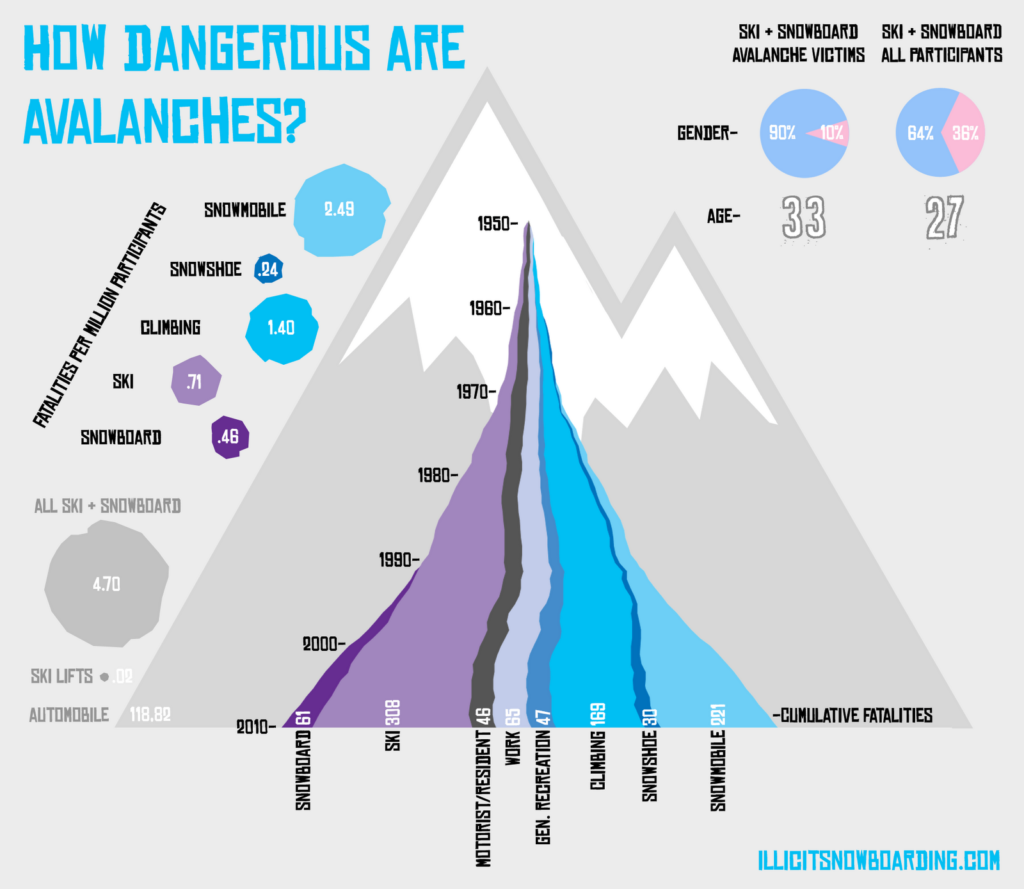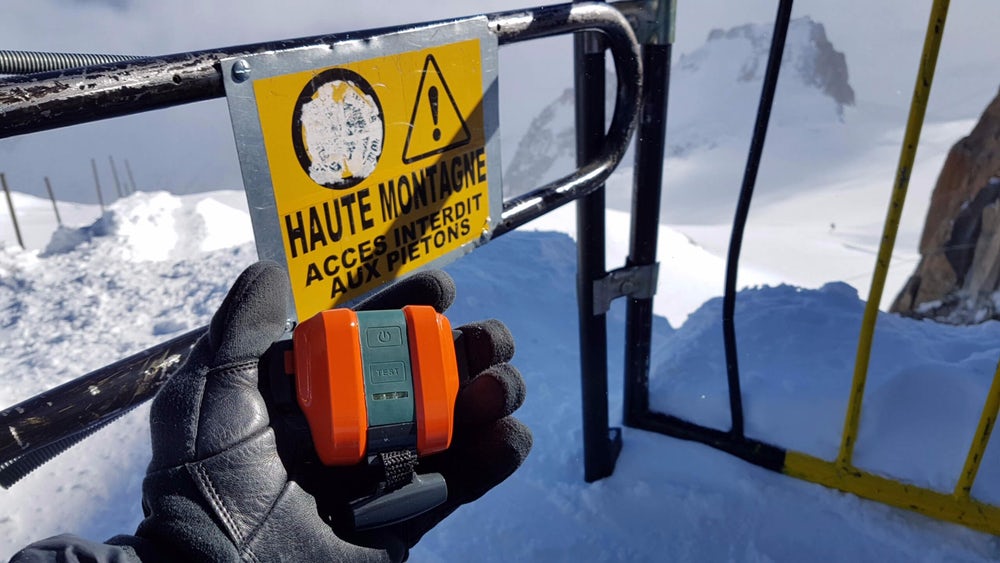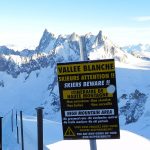In March 2019, three people were killed and a fourth injured after being caught in an avalanche on Ben Nevis.
According to local authorities, the unusually mild weather and high winds had increased the avalanche risk, and warnings had been issued for skiers to exercise extreme caution.
This tragic event was the last in a series of similar accidents across Europe this season. In Italy, in the ski resort of Courmayeur, four skiers were killed by an avalanche while skiing off-piste.
In total, eight people lost their lives by avalanches in Italy over that same weekend.
The Need for Personalised Avalanche Warning
With more and more skiers try their skills off-piste combined with an unseasonably mild February has been identified as the primary cause behind these heart-breaking incidents.
Avalanche-related deaths are nothing new to European ski resorts. It is estimated that across the Alps, nearly 100 people are killed by avalanches every year.
The incidents stress once again how important it is for skiers to do their homework before setting out to the slopes.
They also highlight the need to come up with a more advanced and generalised avalanche warning system, personalised to the skier’s needs and tailored to the chosen terrain and general conditions in a certain region.
This rings even truer when we consider that most of the skiers involved in the above-mentioned accidents had taken certain precautions and did nothing that could be described as unreasonable or reckless.

Source: http://www.illicitsnowboarding.com/2012/11/how-dangerous-are-avalanches.html
That brings up the question: is there anything else we can do to prevent such misfortunes or at least lower the risk?
According to Sabine Prezenski, a passionate snowboarder and researcher at the Berlin Technical University, wearable avalanche alert systems are the key to safer skiing. The idea is hardly new, but recent developments have caused the subject to resurface.
Wearable Avalanche Warning – How Does It Work?
Prezenski has been working for a considerable amount of time on the idea of creating a bracelet that could warn the skier of impending or possible dangers.
She believes that things are ready for the first field test of her innovative gadget and announced her plans at the International Snow Science Workshop in Innsbruck.
The field test will be performed the following winter in the Tirol Alps with the help of around 40 skiers.
Her warning system is designed to process real-time data collected and stored from skiers and snowboarders in a certain area, as well as drone-carried instruments and readings from radar and infra-sound monitors, and sound or signal a warming every time it ‘senses’ greater risk for the skier’s life.

Prezenski says that the system will initially warn skiers –especially those visiting an area for the first time- when they cross the boundaries of the resort and pass into un-groomed and potentially dangerous territory.
It will remind the user to get reliable information from the local avalanche centre, possibly with a corresponding link.
It is of vital importance to keep the warnings at an acceptable level for the user. Constant beeping could become so annoying that would eventually force the skier either to ignore or deactivate the system or simply stop wearing the bracelet.
The system should provide however clearly discernible alerts to serve its role. This is not exactly easy for a skier that slaloms along trees breathing heavily while wearing a helmet and heavy skiing clothes.
With this in mind, Prezenski spent several months last year experimenting with a cleverly designed computer game; players provided feedback on whether a vibrating buzz or a beep caught better their attention.
Another crucial factor is the targeted age group for this particular device.
Prezenski says that her warning system is designed to suit the needs of younger skiers, who are much more probable to take risks and pass into uncontrolled terrain, and also love gadgets of this sort.
Promising Results
Prezenski’s patented warning system has already won several prizes, along with a considerable grant funding for the upcoming field test stage.
She also looks favourably on the prospect of an open source coding for her project, giving app developers that wish to help access to the system. This way there will be no need for all these alarming back-country restrictions we see lately to a growing number of European ski resorts.
More and more people go off-piste, but few of them are prudent enough to get reliable information from local authorities regarding snow conditions and possible avalanche risk.
An application or gadget tailored to our thirst for adventure, overgrown optimism and general lack of foresight would help a lot in our efforts to make skiing safer.
Efficient surveillance technology will provide skiers with live data and reliable information about the territory they explore and give them ample time to leave the area before putting their lives at risk.









